Three Tips, Tasks, And Training For The Truck Driver
As the driver/EVD/FADO/engineer (here we will call it a driver/operator for simplicity) of a truck, tower, or quint we are responsible for the safe operation of this multi-ton vehicle to and from, and on the incident scene.
Regardless of the make and style of your specific apparatus there are certain items you as the driver should practice and review when you are out on a run or on training. These are simple things but nonetheless important if you want to build yourself to be a better driver/operator.
Setting Up The Rig
Setting up your rig is one of the most important tasks we as a driver/operator have to accomplish on the incident scene. Taking an inordinate amount of time to do this can drastically slow the progress of fireground operations. The rescue can’t wait for us to remember which switches to throw or that we forgot to engage the PTO.
On each run we take, set up the apparatus. It doesn’t matter what type of call we’re on it is just great practice. I see the ladders sitting in their cradles all the time across multiple jurisdictions while the driver is sitting and waiting for their crew to come back. Just because there isn’t fire or smoke showing doesn’t mean you don’t raise the stick.
Set it up!
In most situations we have all the elements we need to practice with; plenty of time, a good street layout (parked vehicles, sidewalks, ground transformers, traffic signals, power lines, etc) and a structure to use (the setback, the varied height, etc).
Setting the rig and stick gives us the opportunity to review, double check, and hone our setup processes, build a better understanding of our rig, ensure everything is working properly (besides doing this at your normal checkout), and even pre-plan our area.
As we do this time and time again we will build a pattern to follow and become smoother in our operations. In addition we will better remember and be prepared for issues learned when practicing.

Become familiar with your turntable. The more you work with your equipment the smoother the fireground will be,
Photo Courtesy: Bill Marshall, Bel Air VFC (MD)
Short Jacking
Yes I can hear the cringes and hear the readers now; “is he crazy!?”; but this is a legitimate operation that we could very well need to do. Remember leave nothing to chance. If it can happen it will and never when expected. What happens when we are at an incident, we need the aerial and have no other option but to short jack?
Do you know how to do it safely and correctly?
Do you remember each step and the limitations of your apparatus? In some instances we will need to be aware of how to override safety features built-in to prevent unintentional short jacking.
Does your department or company have a policy on this operation? When was the last time you reviewed it?
Safety Interlocks, Overrides And Emergency Power
When you were in training to become a driver/operator do you remember ever discussing and reviewing the safety locks and overrides for the ladder and outriggers?
There are instances where sensors could fail, the electrical system could fail or other unexplained issues arise. In in any of these cases are we prepared to lower the ladder and get it cradled? Where are these devices located, what do they look like, and how do they work? Along with this, it is especially important to review your apparatus’ emergency power unit operation and how to activate it if needed.
Being A Better Driver/Operator
These are some of the forgotten details of being a well rounded truck/quint/tower driver/operator.
Again practice these situations and drill down into your apparatus whenever you have the opportunity. See what makes it tick and how you can take advantage of its’ systems to your benefit when you need them the most.
As mentioned before, the simple act of setting up the truck on a routine incident accomplishes so much for both you and your crew. Its a win win for everyone.
What do you do to better prepare yourself to be a better driver/operator?



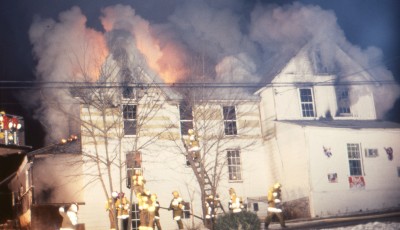
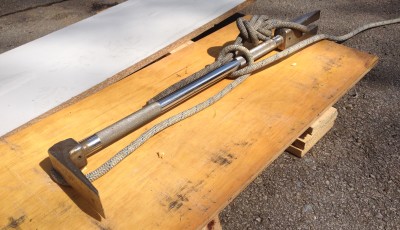
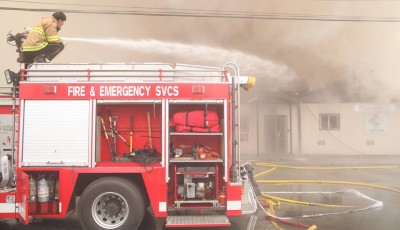
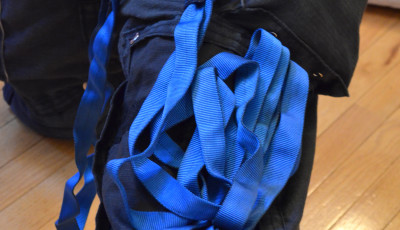
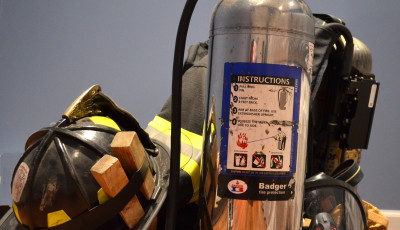
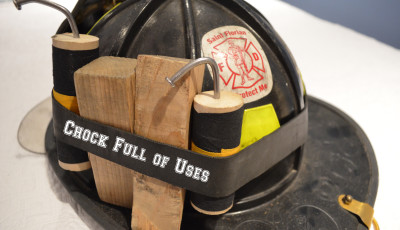




Great points Rich, especially the short jacking. We actually train on short jacking our aerial as well as having a knowledge of the over rides and emergency procedures.